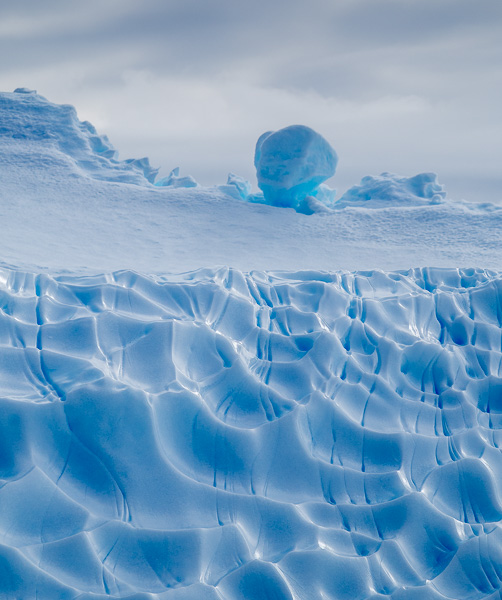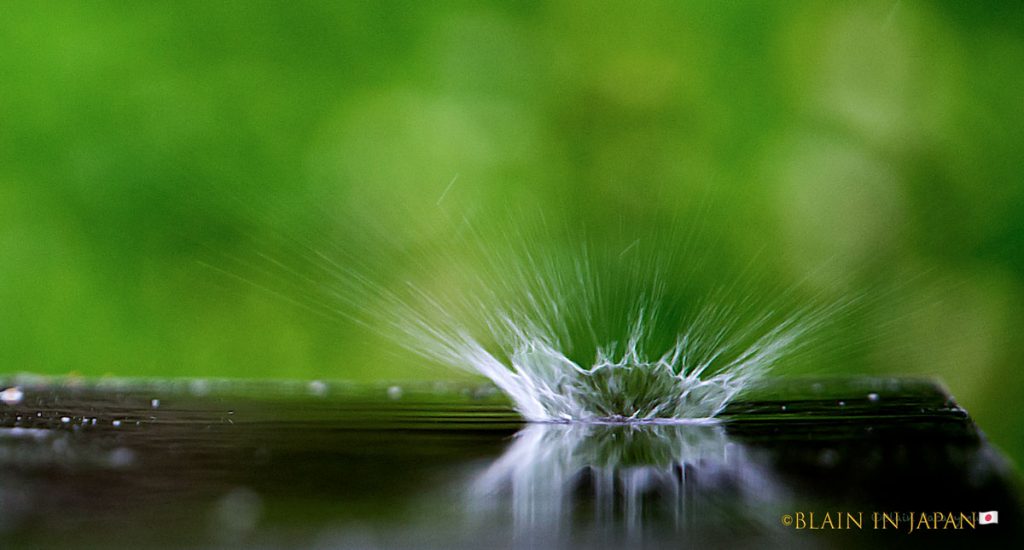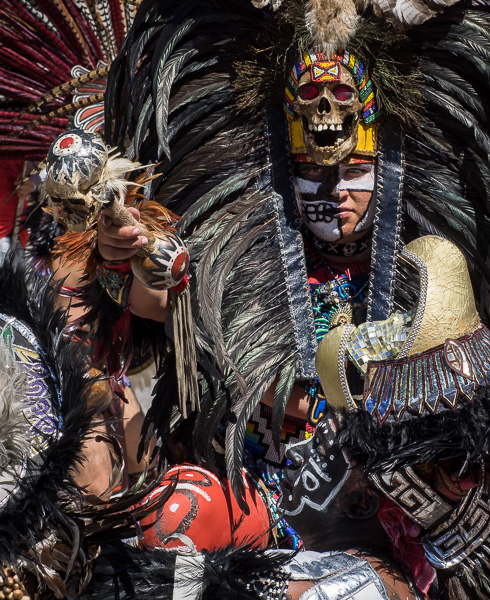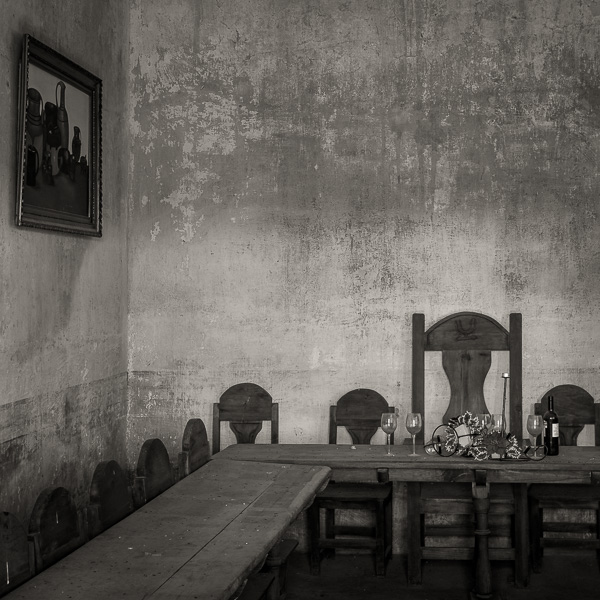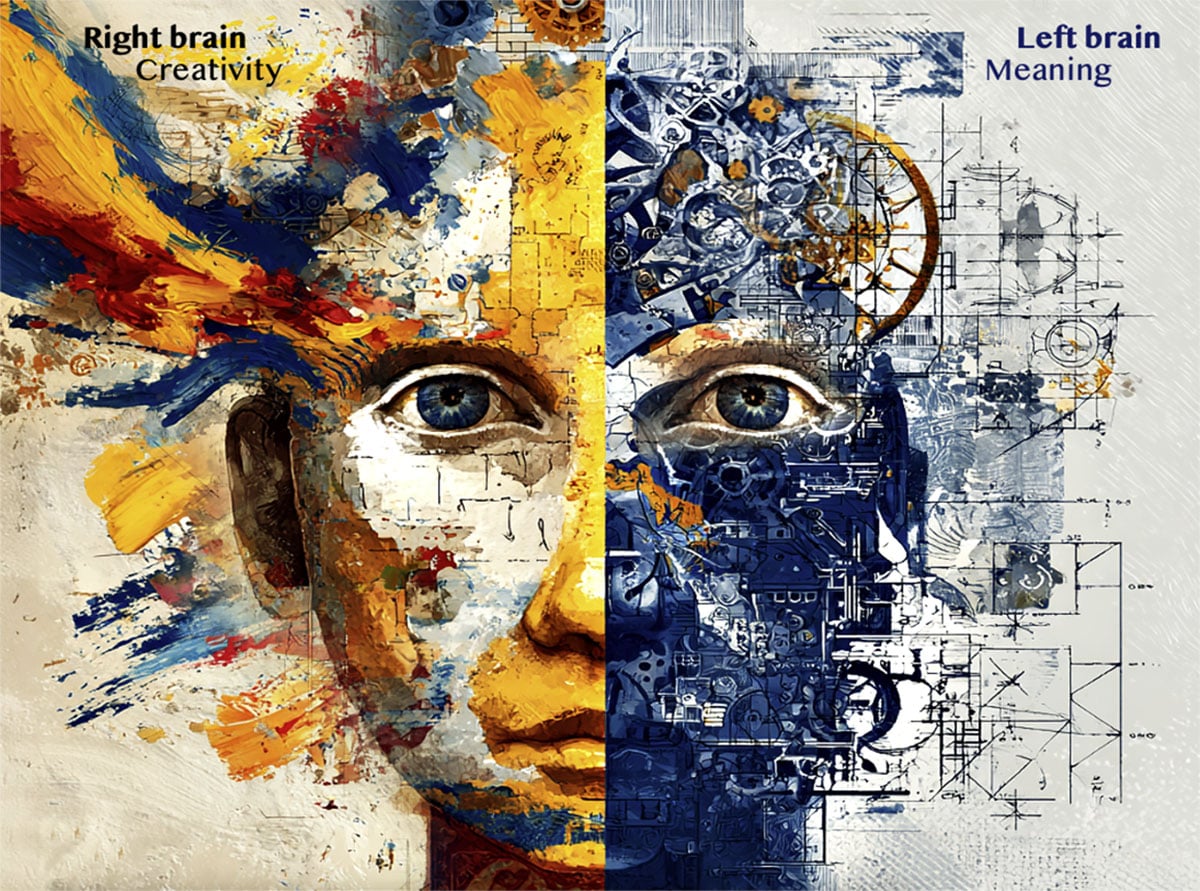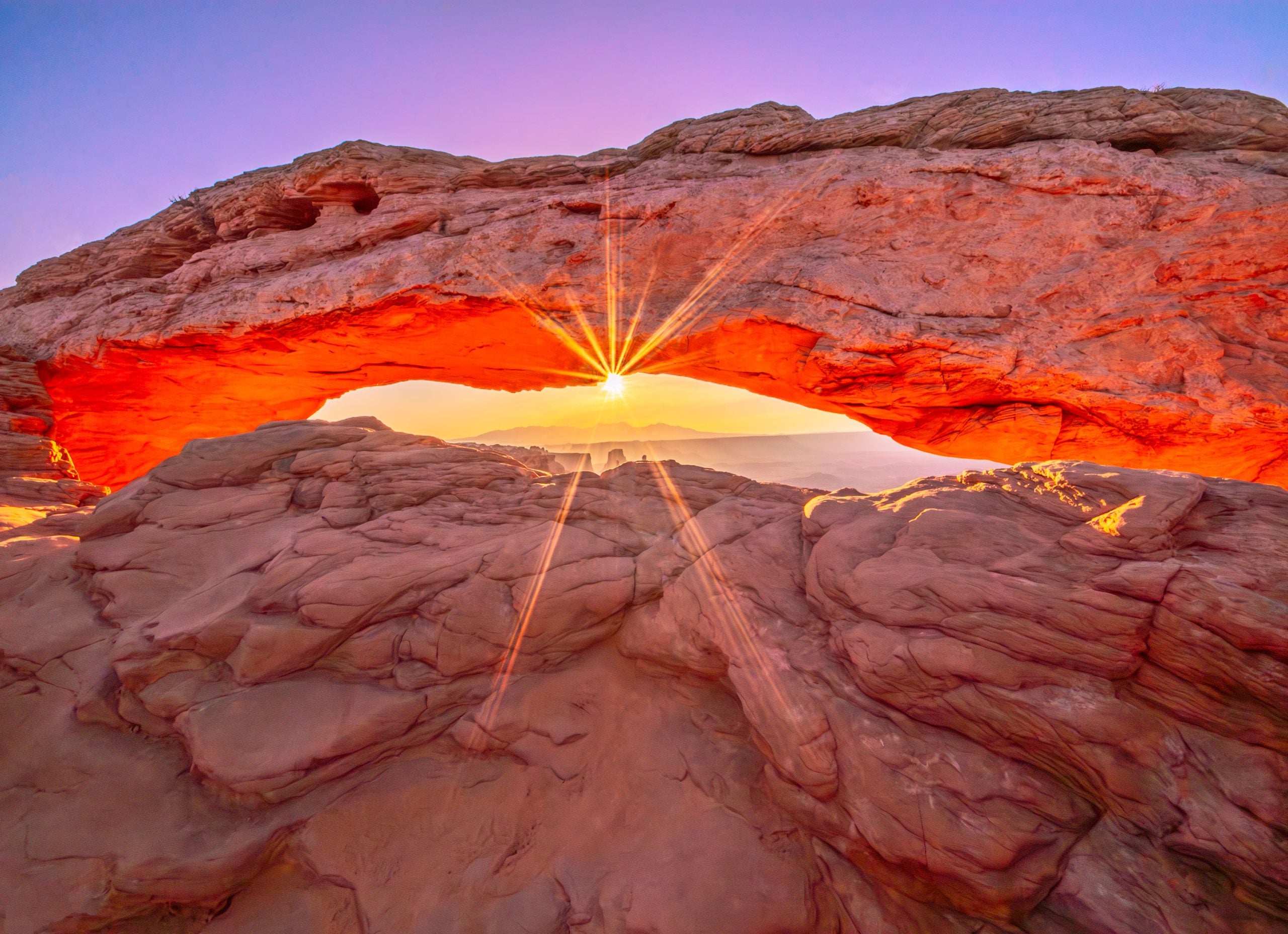Background
I am a nature photographer. To be more specific, my primary work is that of an African wildlife photographer, and I also photograph landscapes on different continents. I adopted digital cameras as my primary shooting platform back in the early days of 2002 and I have never looked back. I have always been on a quest for the best-printed image that I can obtain, and as of late I have been looking at all of the medium format digital offerings that are on the market today. This article is the first in a series of reviews of the higher megapixel offerings that are available in today’s market.
In this review I have documented my experience with the Leica S2 camera system, which I used to photograph landscapes and wildlife in both Moab, Utah and Antartica in 2011. It was a privilege to have the Leica S2 with me on two such important journeys.
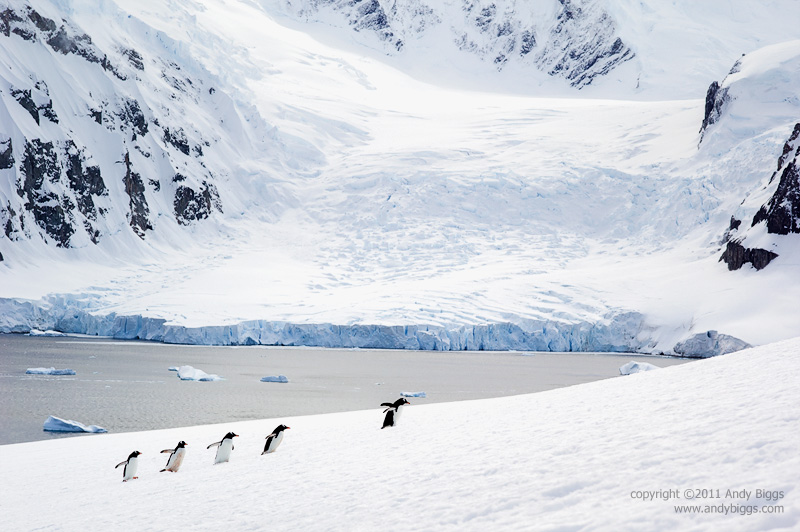 Penguins and Glacier
Penguins and Glacier
Leica S2, 120mm Apo-Macro Summarit-S, 1/1000 sec @ f/8, ISO 320
The Search is On
In my search for a camera system that can help me obtain larger, cleaner prints with better color, I decided to reach out to different equipment manufacturers to see if I could arrange for a loaner system. My thinking has been that I would take a look at medium format systems that could augment or replace my 35mm equipment, which happens to be Nikon at this moment in time. Since my primary use is for wildlife photography, I have gone into this search with an understanding that medium format may not deliver all of the things that I will need it to for me. That is ok, because the images that I tend to like the best are the ones that don’t necessarily require a long telephoto lens.

Sunset in Ushuaia
Leica S2, 180mm Apo Elmar-S, 1/500 sec @ f/6.8, ISO 320
Enter the Leica S2
I have used a Leica S2 kit on two different occasions: Moab, Utah for American West landscapes; and, recently, Antarctica for wildlife, landscapes and icebergs. I have shot with all available lenses that were available at the time, and have shot enough with each image that I have made my own preferences.
Available Lenses
Leica currently has five lenses for the S2: the 30mm, 35mm, 70mm, 120mm macro and 180mm. There is a .8x multiplication factor if you want to figure the equivalent focal length in 35mm. If you think in 35mm equivalent-terms, this means there are focal lengths from 24mm up to 144mm. For my own needs, I desire a longer lens for my wildlife work, preferably one that would double the current longest one available. There was a ‘soft’ announcement of a 350mm when the S2 system was announced, and that would be a great lens for my own needs. When will it ship? It’s anybody’s guess.
Let me first say this about Leica’s lenses: They are all awesome. They are tack sharp and have superb contrast at all focal lengths and at all apertures. The best part is I didn’t have to think about “stopping down” or worrying about focusing near or far, which made capturing images easier and faster. On my Antarctica trip I had great success with the 120mm macro and 180mm lens when I had wildlife in the frame. Surprisingly,the 120mm macro is one of the best lenses I’ve ever used for wildlife because I never expected to use such a ‘normal’ focal length, as opposed to a super telephoto.
The 30mm had just been announced when I took the kit to Antarctica, so I did not have access to the lens at that time. I did find that the 35mm wasn’t quite wide enough when I wanted to use a wide angle, and I would have found the 30mm better suited to my own needs. The 35mm is likely more attractive to a street or travel photographer, and the 30mm is likely to be more popular with landscape photographers. When comparing the S2 lens options to that from other medium format manufacturers, one might also want a general purpose zoom in the lineup. Phase One has the 55-110 and 75-150mm lenses, Hasselblad has the 50-110mm, Pentax has 45-85mm and 80-160mm lenses, and it will be nice when Leica has their own 30-90mm in the marketplace. I would be tempted to use a 30-90mm zoom, as in my world things happen quickly and framing the shot takes priority over the perfection of prime lenses. My own selection would look something like a 30-90mm, 120 macro, 180mm and 350mm. The challenge is that the S2 lenses are something to covet, and I am sure that I would end up justifying all of them in my possession. I could grow old with them, and perfect my Gollum voice and repeat ‘My Precious’ on a daily basis.
Handling, Ergonomics and Build Quality
The Leica S2 felt wonderful in the hands with or without the portrait grip on the bottom. Without the portrait grip the S2 is smaller than either a Canon 1 series body or a Nikon D series body. With the portrait grip attached, the camera system does get on the large side, even for my hands; however, the feel is still very comfortable. I didn’t travel with the portrait grip on either of my trips because of two reasons: the Really Right Stuff L bracket is only available for the camera itself, and I needed the space in my bag for my complete Nikon system.
As a side note, Really Right Stuff does make an L bracket for the S2, which I used extensively on my landscape outing in Canyonlands and Arches National Parks. Highly recommended.

Deception Island
Leica S2, 120mm Apo-Macro Summarit-S, 1/8 sec @ f/11, ISO 160
The overall build quality is exceptional, and up to the high standards that people expect from Leica. I did find the selector dial on the top of the camera to have a hollow, plastick-y feel – it isn’t to the same standards as the rest of the camera. Additionally Leica should consider putting a depressable button on the top to prevent accidental changes to shutter speeds. This is also a problem in many consumer camera bodies, and it should be a simple function to design and manufacture.
Let me be very clear. The S2 is a sexy camera and there is a tremendous feeling of joy when holding it and shooting with it. The ergonomics might be a little more polarizing, as the S2 has more of a minimalist design with only four main buttons on the rear of the camera. I actually prefer to have fewer rather than more buttons, as long as functionality is not compromised. The S2’s rear buttons are customizable, and I was able to assign the appropriate functionality to these four buttons that I normally have on my Nikon camera bodies. I assigned image review, exposure compensation, and ISO values to three of the four buttons for quick and easy access before or after a shutter actuation. Although I didn’t do this, one can program the S2 to have different profiles for different shooting situations. Some examples would be a wildlife profile, landscape profile, general travel camera profile and perhaps a profile when you need to hand the camera to somebody who needs only the simplest of use (like no autofocus on the rear button).
I did find that changing the exposure compensation was a bit too slow for my needs, as it required taking the camera away from my eye, looking at the back of the camera, making the adjustment, and then going back to shooting. I found that I much preferred shooting in manual mode, as it was much faster and didn’t require any compensation other than my setting the shutter speed and aperture with my right hand. Manual mode isn’t something that is difficult for me, but when shooting wildlife I do tend to rely on aperture priority due to quickly changing lighting conditions.
On my Antarctica trip I used the S2 alongside my Nikon D3 and D3x bodies, and I was never afraid to use the S2 in the rain or sleet. The typical temperature was in the 30’F, but extremely high humidity and perhaps rain, sleet or snow. Out of 73 travelers we did have some Canon 5DMk2 cameras go down temporarily, but I never had any issues at all with the weatherproofing on the Leica S2. Very high regards when it comes to working in challenging environments.
Iceberg Graveyard
Leica S2, 70mm Summarit-S, 1/350 sec @ f/11, ISO 320
The autofocus on the S2 is very snappy on all of the lenses that I have used, and the accuracy leaves noting to be desired. In Antarctica we often had overcast days, which means autofocus on the snow had to hunt quite a bit. I had similar performance from my Nikon cameras, so no differences between the two. I did move the autofocus functionality to the rear button, as I prefer to separate autofocus functions from metering and taking an exposure. I do wish there were selectable AF points, or at least an idea of what the center autofocus point is covering in the scene.
Image Quality
Without a doubt the S2’s image quality is much better than my Nikon D3x or D3 cameras, but there are some “gotchas” to think about. I found that I limited myself to ISO values of 640 or lower, but almost always 320 or 160. ISO 640 tended to be the breaking point for me, and 1250 wasn’t something I considered using. It is a fair statement to say that the S2 is better than most other medium format products on the market when it comes to ISO performance, but don’t expect the S2 to compete with Canon or Nikon 35mm cameras for clean, high ISO’s.
Summary
The Leica S2 is a great system for the outdoor photographer, and it worked beautifully in Antarctica and in the American West. The S2 system is rugged, durable, delivers excellent image quality, and is easy to use. I loved spending time with the system and I had a difficult time taping up the box to send it all back. I look forward to seeing more lenses from Leica, in particular a longer lens that will be appropriate for wildlife photography.
 Landing at Deception Island
Landing at Deception Island
Leica S2, 35mm Summarit-S, 1/2000 sec @ f/2.5, ISO 160
May, 2012
Read this story and all the best stories on The Luminous Landscape
The author has made this story available to Luminous Landscape members only. Upgrade to get instant access to this story and other benefits available only to members.
Why choose us?
Luminous-Landscape is a membership site. Our website contains over 5300 articles on almost every topic, camera, lens and printer you can imagine. Our membership model is simple, just $2 a month ($24.00 USD a year). This $24 gains you access to a wealth of information including all our past and future video tutorials on such topics as Lightroom, Capture One, Printing, file management and dozens of interviews and travel videos.
- New Articles every few days
- All original content found nowhere else on the web
- No Pop Up Google Sense ads – Our advertisers are photo related
- Download/stream video to any device
- NEW videos monthly
- Top well-known photographer contributors
- Posts from industry leaders
- Speciality Photography Workshops
- Mobile device scalable
- Exclusive video interviews
- Special vendor offers for members
- Hands On Product reviews
- FREE – User Forum. One of the most read user forums on the internet
- Access to our community Buy and Sell pages; for members only.






